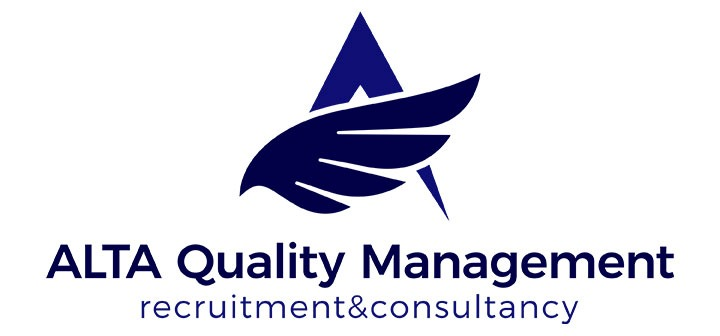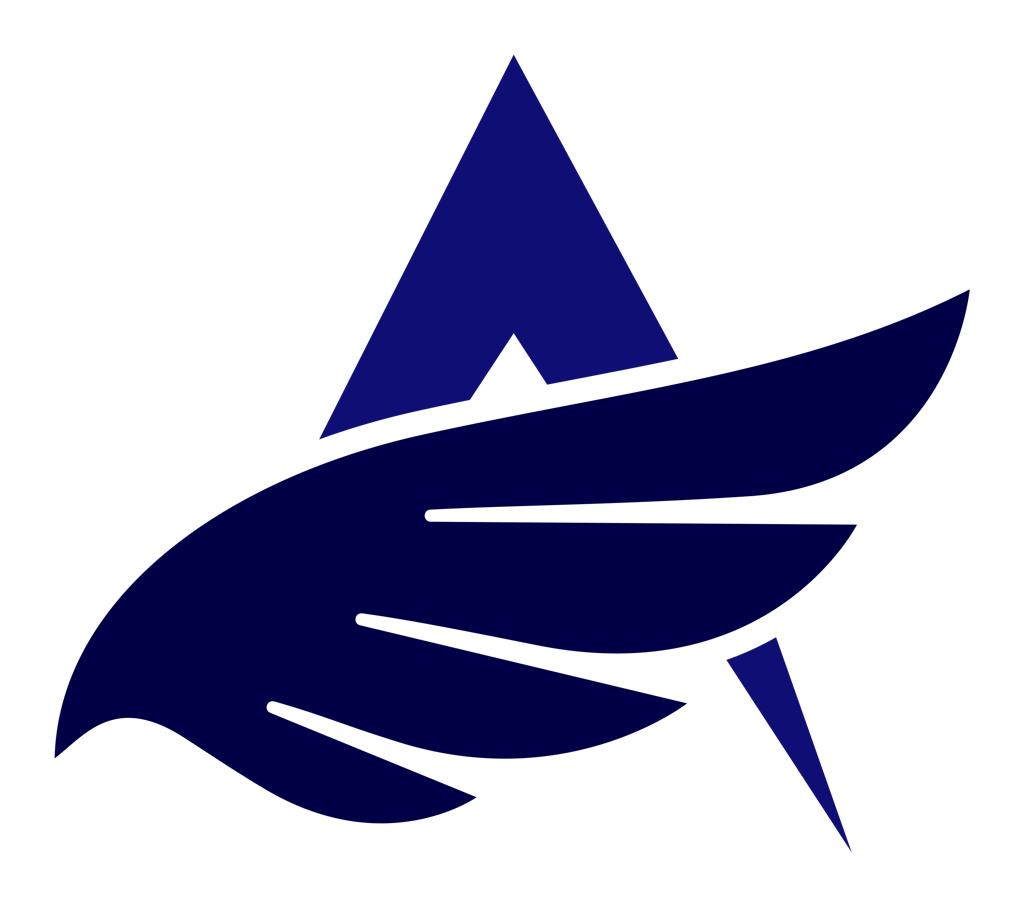
Schweizer Verkehrsrecht
Add a review FollowOverview
-
Founded Date 9 februari 2008
-
Posted Jobs 0
-
Viewed 5
Company Description
How To Create Successful Swiss Driving Test Techniques From Home

Navigating the Swiss Driving Test: A Comprehensive Guide
Switzerland is understood for its picturesque landscapes, efficient mass transit, and, of course, its well-organized driving policies. For anybody seeking to obtain a Swiss motorist’s license, understanding the complexities of the Swiss driving test is paramount. This guide aims to provide a thorough summary of the procedure, including stages, requirements, and ideas to help potential motorists are successful.
Introduction of the Swiss Driving License System
Before diving into the specifics of the driving test, it’s vital to understand how the Swiss driving license system works. In Switzerland, a driving license is divided into numerous classifications based upon the type of automobile you mean to run:
| Category | Type of Vehicle |
|---|---|
| A | Motorcycles (with and without a sidecar) |
| B | Cars and trucks (up to 3.5 tonnes, consists of light vans) |
| C | Heavy vehicles (over 3.5 tonnes) |
| D | Buses |
| BE | Trailers over 750 kg |
The Swiss driving test procedure differs based on the license category, however generally, it follows three primary stages: theory test, useful training, and the real driving test.
Stages of the Swiss Driving Test
1. Theory Test
Before you can hit the roadways, passing the theory test is compulsory for all aiming drivers.
Secret Requirements:
- Minimum Age: 17 years (for classification B).
- Research study Materials: Applicants must familiarize themselves with Swiss traffic guidelines and regulations. Various study guides, apps, and courses are readily available.
Structure of the Test:
The theory test consists of 50 multiple-choice questions covering a variety of topics, including traffic regulations, indications, and safe driving practices.
| Question Type | Number | Percentage Required to Pass |
|---|---|---|
| Traffic Signs | 20 | 80% |
| Regulations | 30 | 80% |
A passing rating needs responding to a minimum of 43 out of 50 questions correctly.
2. Practical Training
Once the theory test is effectively completed, candidates can move on to practical training.
Professional Driving Lessons:
Most candidates choose professional driving lessons with a qualified driving instructor.
Period and Cost:
- Duration: Typically 12 to 20 hours of lessons (depending upon specific proficiency).
- Expense: The average price for driving lessons in Switzerland can vary from CHF 100 to CHF 150 per hour.
Driving Instructor Qualification:
Choosing a certified trainer is important. Ensure that your trainer has all necessary accreditations and a great credibility.
3. Practical Test
After getting adequate practical driving abilities, candidates can take the useful driving test.
Test Structure:
- The test lasts about 45 minutes and covers various driving circumstances, including urban and highway driving, maneuvering, and parking.
Scoring:
Each driving maneuver is examined based upon safety, control, and adherence to traffic rules.
| Maneuver | Points Deducted (if failed) |
|---|---|
| Parallel Park | 5 |
| Emergency Stop | 10 |
| Lane Change | 5 |
An overall of 30 points may be accumulated, with the test considered passed if 20 or fewer points are subtracted.
Important Considerations
-
Residency and Documentation: It’s important to have legal residency in Switzerland to apply for a chauffeur’s license. Candidates need to supply a legitimate identity file, evidence of residence, and a recent passport-sized picture.
-
Health Requirements: A medical certificate might be needed, depending on the prospect’s age or health conditions.
-
Language: The tests are used in multiple languages, including German, French, and Italian. Inspect for availability in your preferred language.
-
Renewal and Validity: Swiss driving licenses are typically legitimate for 10 years and need to be restored before expiration.
Tips for Success
- Research study Early: Begin studying for the theory test well ahead of time. Utilize practice examinations and study apps to reinforce your knowledge.
- Practice Regularly: Regular driving practice in between lessons assists build self-confidence and reinforces skills.
- Stay Calm During the Test: On test day, staying calm and made up can substantially affect performance. Take deep breaths and follow your instructor’s assistance.
Often Asked Questions (FAQ)
1. Can I drive with a foreign license in Switzerland?
Yes, but only for a limited time (usually approximately 12 months after transferring to Switzerland). Post this duration, you must exchange your foreign license for a Swiss one.
2. What if I fail the driving test?
Re-taking the driving test is possible after a waiting duration of at least two weeks. Utilize this time to deal with your weak points and Schweizer Strassenverkehrsordnung (www.latoyiaschlecht.top) look for additional practice.
3. Exist any exemptions for acquiring a Swiss chauffeur’s license?
There are restricted exemptions, such as for those who hold a legitimate driving license from an EU member state. Examine regional regulations for particular criteria.
4. How much does it cost to obtain a Swiss driver’s license?
The total cost for obtaining a chauffeur’s license can range from CHF 1,500 to CHF 3,000, factoring in lessons, test costs, and other associated expenses.
Getting a driving license in Switzerland may seem daunting, but with a well-structured method and focused preparation, success is possible. Individuals thinking about getting their Swiss driver’s license should acquaint themselves with the process, utilize available resources, and practice diligently. By following this guide, prospects can with confidence navigate the course toward safe and responsible driving in among the world’s most effective systems. Happy driving!

